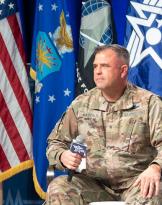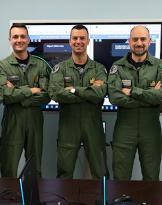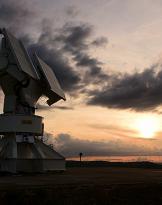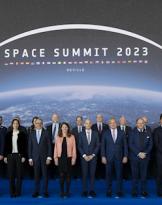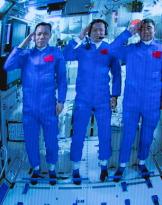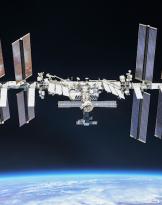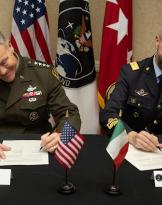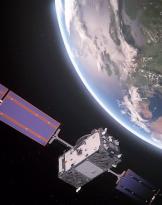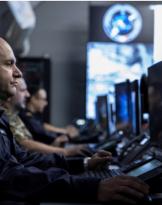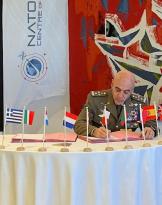Soyuz's engagement with the ISS took place regularly and even with a slight advance. Our astronaut was the first to enter the International Space Station, followed by Russian colleague Anton Shkaplerov and American Terry W. Virts. Welcome to ISS Commander, American Barry E. Wilmore and Russians Aleksandr Samokutyayev and Elena Serova. These men and women now make up the 42 crew of the International Space Station, the crew of the Futura mission.
The mission will last about 6 months, will be the longest Italian mission along with the recent ones of Major Luca Parmitano. Captain Cristoforetti will have to conduct around 200 experiments, of which 9 for ASI, the Italian Space Agency. The 9 scientific research experiments and Italian technological demonstration, which will be held during the months of staying on board the ISS, will be dedicated to studying the various aspects of human physiology under weightless conditions. The captain will perform biological analyzes on microgravity-derived cell samples. These studies are important in understanding the responses of our body to the absence of severity so that we can solve the problems inherent in long journeys in Space: the absence of severity weakens, for example, the abilities of the heart and forces the astronauts to stay for a long time in orbit, and to carry out constant physical activity on board the ISS to avoid this weakening. Among other experiments, there will be an automated production system for the production of 3D objects without gravity.
With Captain Cristoforetti are 7 the Italian astronauts departing for Space: Franco Malerba was the first, followed by Maurizio Cheli and Umberto Guidoni. The latter two, the 22 February 1996, flew along with Shuttle Columbia: he was the first crew with two Italians among the members. Umberto Guidoni, in his second mission, was the first European to enter the ISS. Roberto Vittori was the fourth astronaut in Italy, and the first from the Baikonur base in Kazakhstan with Soyuz. In addition, in his second mission, he piloted Soyuz, becoming the first non-Russian mission commander. In his third mission, this time with the Shuttle, he met on board the ISS, Paolo Nespoli, the fifth astronaut in Italy. Finally, sixth astronaut and first Italian to take the walk in the Space, is Luca Parmitano, with the mission Volare.
These extraordinary men now include Samantha Cristoforetti, seventh Italian astronaut and first Italian woman in Space. With it our astronaut body becomes the largest of Esa, the European Space Agency.
Today the Space, natural projection of the third dimension, that is of the sky, is the new frontier, the new objective to be reached. When in the 1903 man began the conquest of the sky, it was necessary for men to turn dreams into reality.
They took on the clothes of ordinary men and became pioneers. Thanks to their courage, thanks to their determination and their passion, the aviation has had an exponential development that in just six decades has allowed us to consolidate our knowledge on air travel and to travel even to the Space, setting foot on our Satellite , the moon.
To conquer the fourth dimension, Space, a new frontier of humanity's challenges, new flight pioneers need to strike so that space flight becomes one day everyday.
Once again, our country does not escape this challenge and is ready to give, through the Air Force pilots, the same contribution it gave in the past to grab the dream of human flight.
Among the pioneers of today and those of the past there are more similarities than differences: the objectives and people destined to their pursuit change, but the values that push these men and women to overcome their limits to give further progress to the 'humanity.
These values, today, as one hundred years ago, can once again be summarized in the motto of Military Air Force: Virtue Siderum Tenus, "With Value to the Stars."
Carmine Savoia



